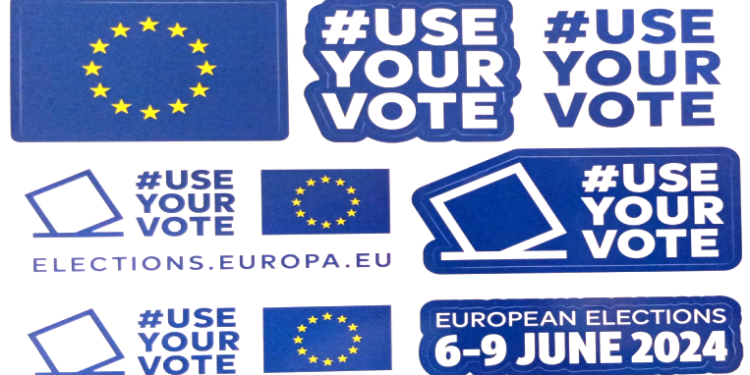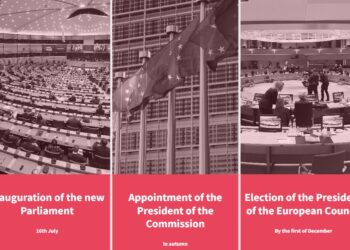Brussels – The countdown to European elections begins. Tomorrow, June 6, the bulk of European voters will begin casting their ballots for the renewal of the EU Parliament in the Netherlands, with all other EU member states to follow (but some have already started, even weeks ago). There are around 373 million Europeans called to vote in all 27 countries. Germany (65.1 million), France (50.7 million), and Italy (47.3 million) are the countries with the largest number of eligible voters. Malta (0.4 million), Luxembourg (0.5 million), Cyprus (0.7 million), and Estonia (0.9 million) are the states with the fewest expected voters.
 Eurostat provides the raw data, or the maximum possible turnout. It is unclear how many people will choose to boycott the vote or give up their rights. However, it is no mystery that abstentionism is likely to weigh in as the party of the undecided may even establish itself as the main European group. What emerges, however, is how this Europe of the undecided will still be able to count on the pool of new adults, that is, those who have recently obtained the right to go to the polls.
Eurostat provides the raw data, or the maximum possible turnout. It is unclear how many people will choose to boycott the vote or give up their rights. However, it is no mystery that abstentionism is likely to weigh in as the party of the undecided may even establish itself as the main European group. What emerges, however, is how this Europe of the undecided will still be able to count on the pool of new adults, that is, those who have recently obtained the right to go to the polls.
Over 22 million new voters are estimated for these 2024 European elections, within the 373 million eligible men and women. Again, Germany (5,1 million people), France (4.5 million), and Italy (2.8 million) are the leading member countries by new share of adults in absolute terms. In percentage terms, the highest shares of first-time voters since the last European elections in 2019 are expected in Belgium, France, and Cyprus, with 9.8 percent, 9 percent, and 8.7 percent, respectively.
The success of these European elections seems to be linked precisely to the youngest, namely the under-30s, at least in Italy. A recent Eurobarometer poll showed that two out of three intend to use their right to vote and express their voice. The verdict will come at the ballot box.
English version by the Translation Service of Withub





![Un motoscafo in Svezia. Nell'Ue si pone un problema di mancato riconoscimento delle patenti nautiche [foto:
Matti Blume, Wikipedia Commons. Copyright: Creative Commons Attribution-Share Alike]](https://www.eunews.it/wp-content/uploads/2024/11/motoscafo-Saltsjoen_Stockholm_P1090679-120x86.jpg)


